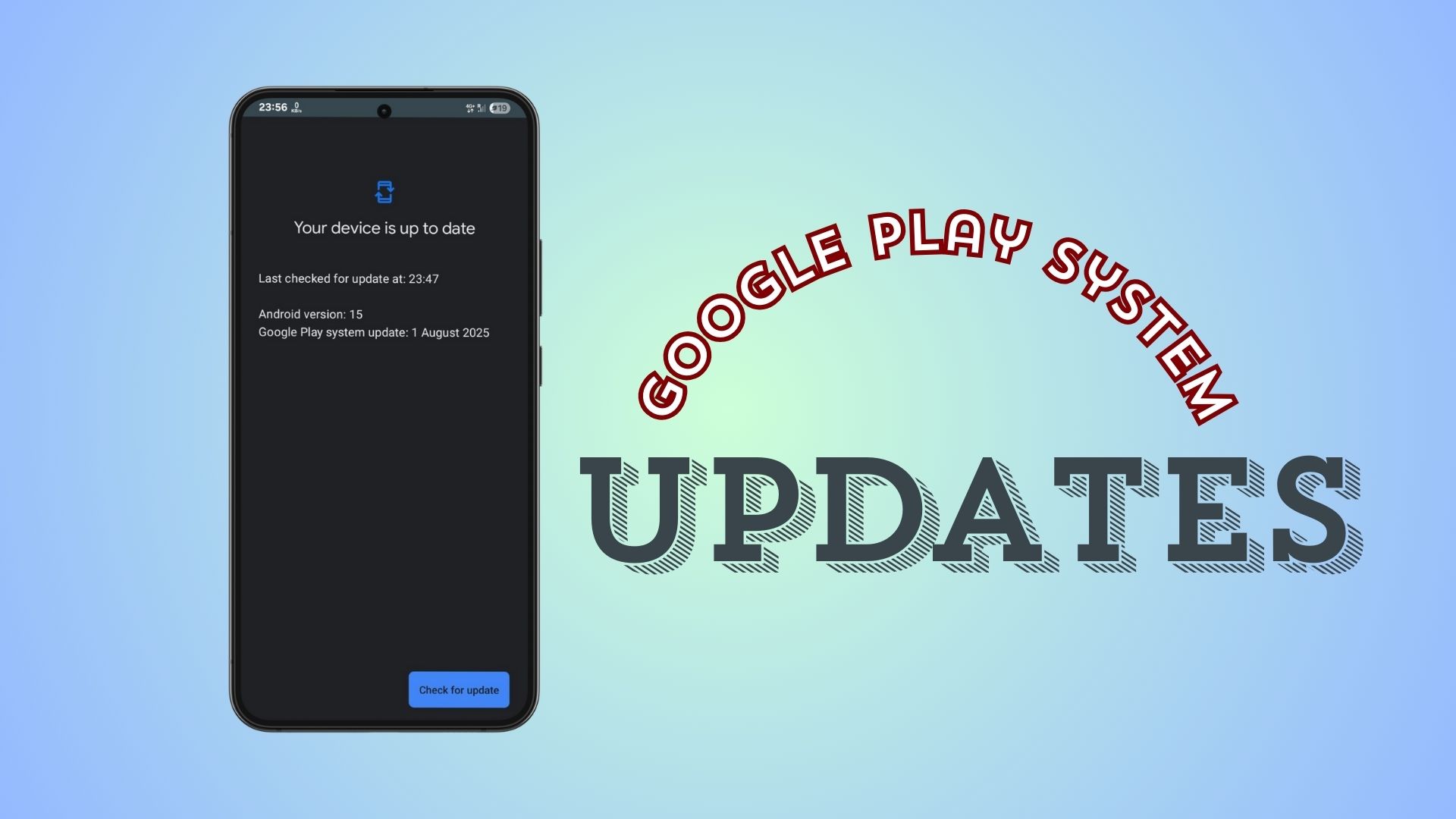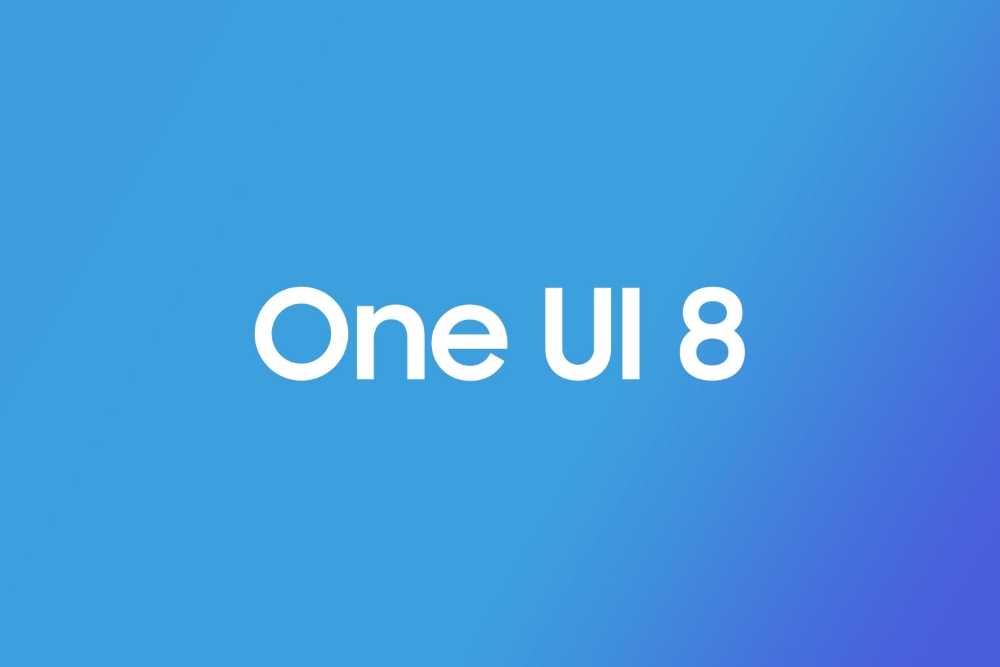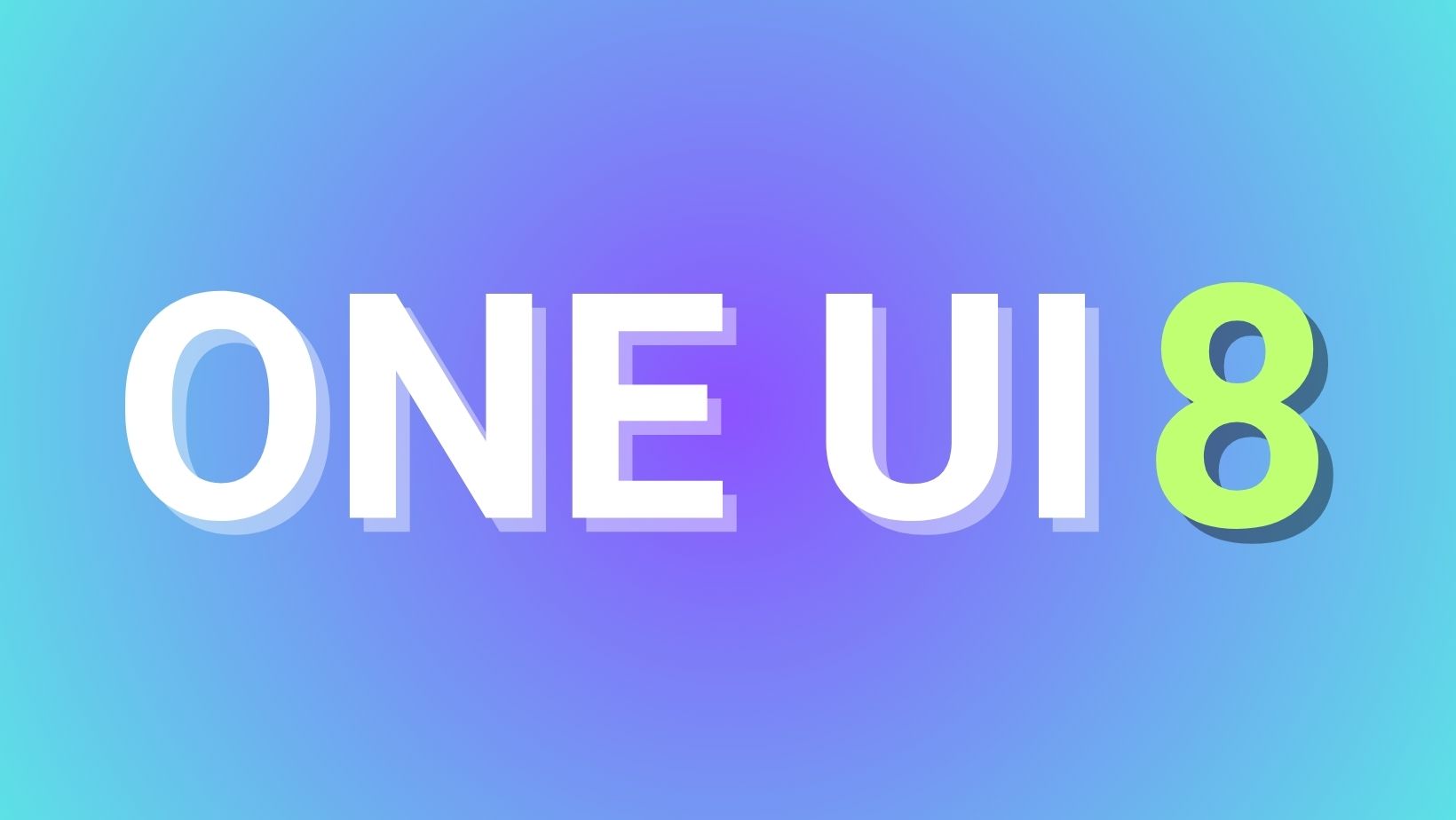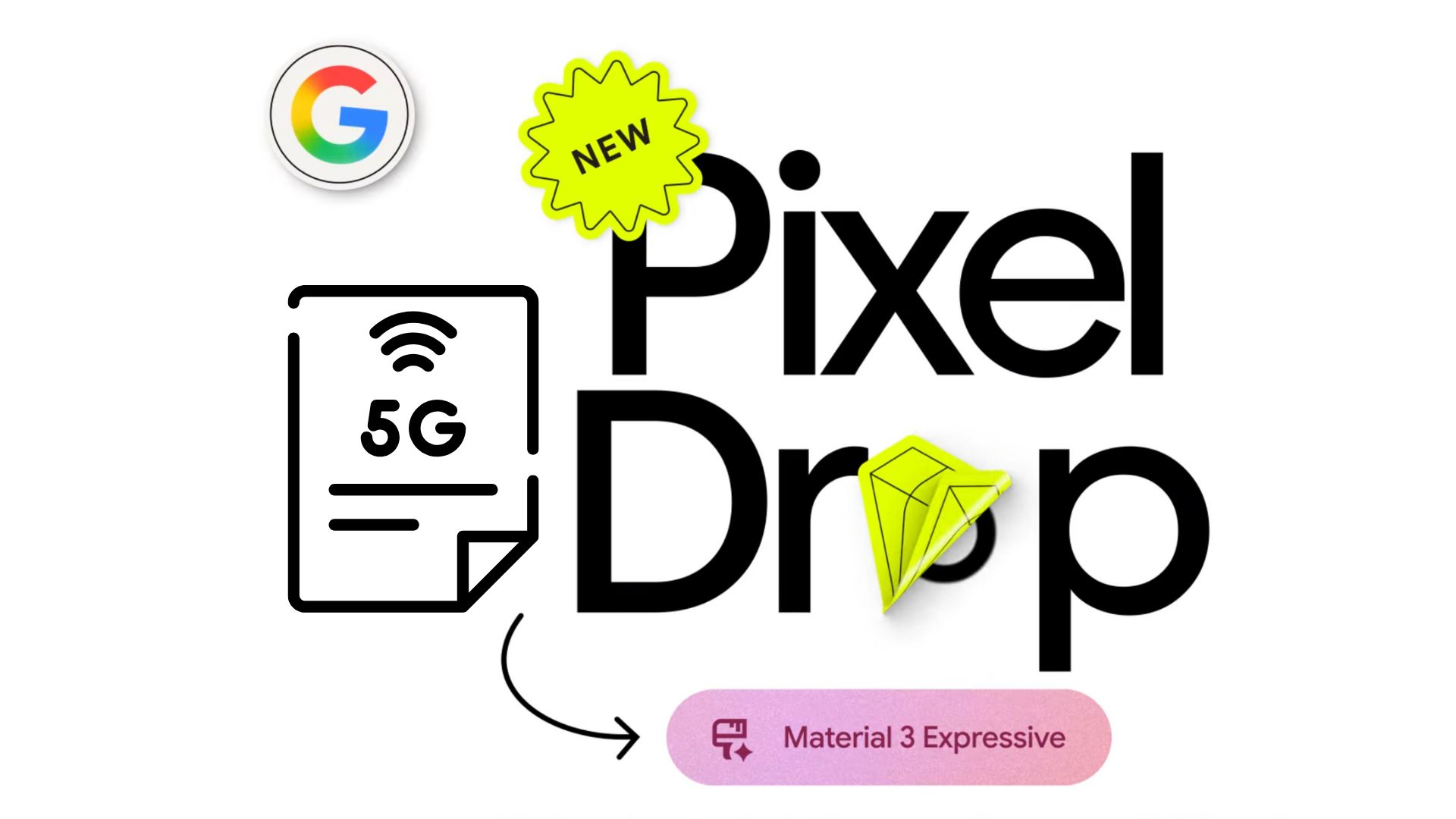Download rabbitOS 2.0 for R1 Device with Card UI, Unlocks Full Touchscreen, and Create Apps
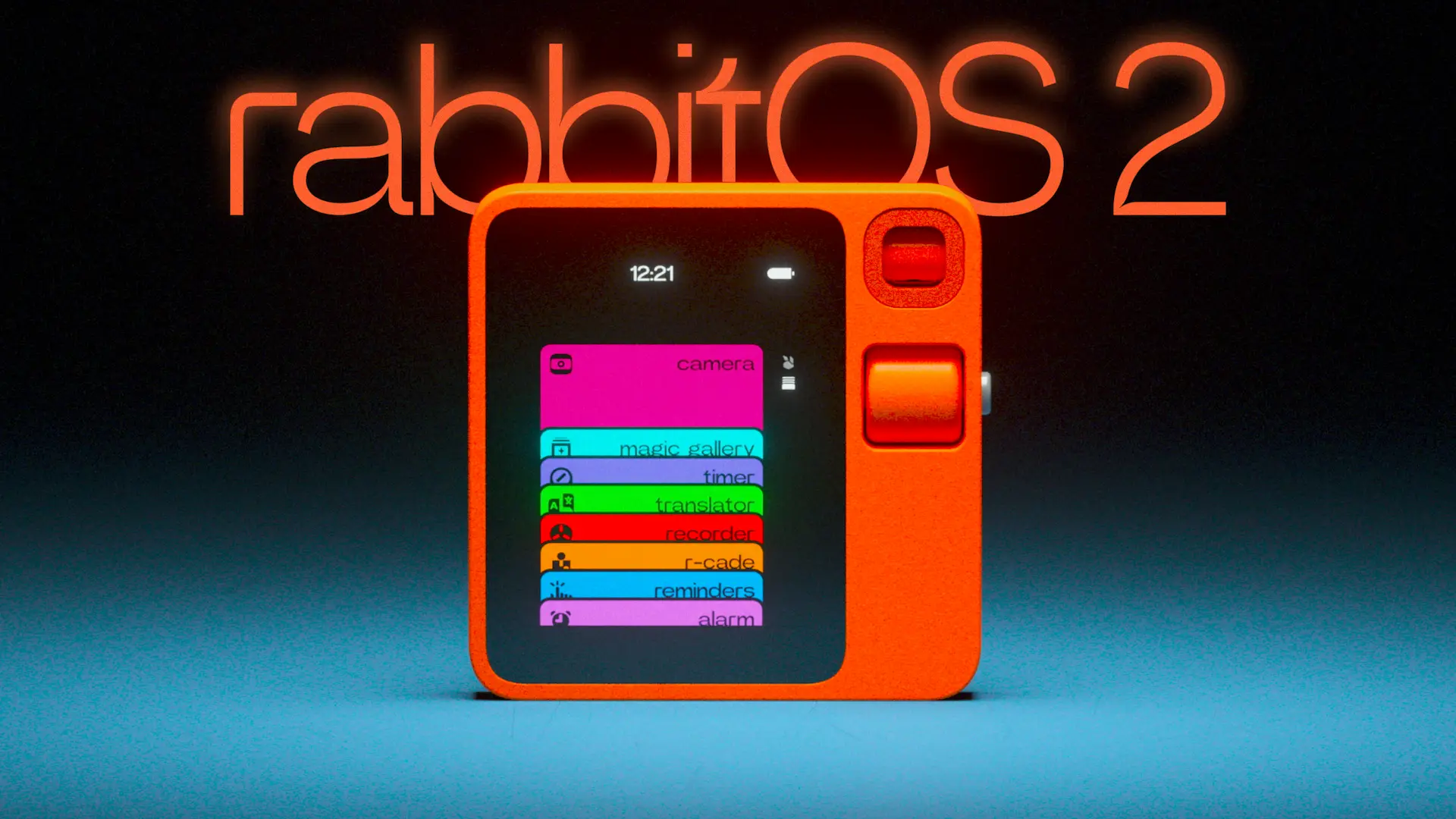
The controversial Rabbit r1, marketed as an AI companion device, just received the biggest software update so far; taking it closer to what it’s actually meant to be. Today, the AI device company Rabbit unveiled rabbitOS 2 for the r1 featuring a complete user interface overhaul, card-based design, and revolutionary “creations” feature that lets users build software through conversation with AI agents.
That’s not all, the company claims that it should unlock full touchscreen for the Rabbit R1 device instead of select navigation elements. Many users have reported rabbitOS 2.0 unlocks full touch screen support!
Rabbit seems to be moving beyond the traditional model of AI as a service toward AI as a creative partner. RabbitOS 2 enables users to create their own tools and experiences through conversation. The success of this approach will ultimately depend on user adoption and the quality of the creations ecosystem that develops around it. For users frustrated with traditional app stores and development cycles, creations offers an intriguing alternative.
Early indicators suggest that rabbit has addressed many of the initial criticisms of the r1. Rabbit also made a video about the same:
RabbitOS 2 What’s New? Rabbit r1 Gets a Complete Overhaul
The AI companion device landscape just got more interesting. Rabbit, the startup behind the innovative r1 AI device, has released rabbitOS 2, a comprehensive overhaul that addresses user feedback and introduces groundbreaking new capabilities.
Full Redesign
When rabbit launched the r1, the vision was ambitious: create a device where users could simply talk to AI and have it understand and execute tasks. However, as CEO Jesse Lyu candidly acknowledged, there was “a big gap between the high expectations of our users and the original software experience we delivered.”
Rather than making incremental improvements, rabbit took the bold step of completely revamping the software and redesigning the entire r1 experience. The result is rabbitOS 2, which transforms the r1 from a simple AI companion into what the company calls “a platform for people to create their own experiences with the power of AI.” says the tech firm.
Card-Based User Interface Design
The most immediately noticeable change in rabbitOS 2 is its completely redesigned interface. Gone is the previous design, replaced by a vibrant, card-based system that draws inspiration from a deck of colorful playing cards – a concept most users intuitively understand.
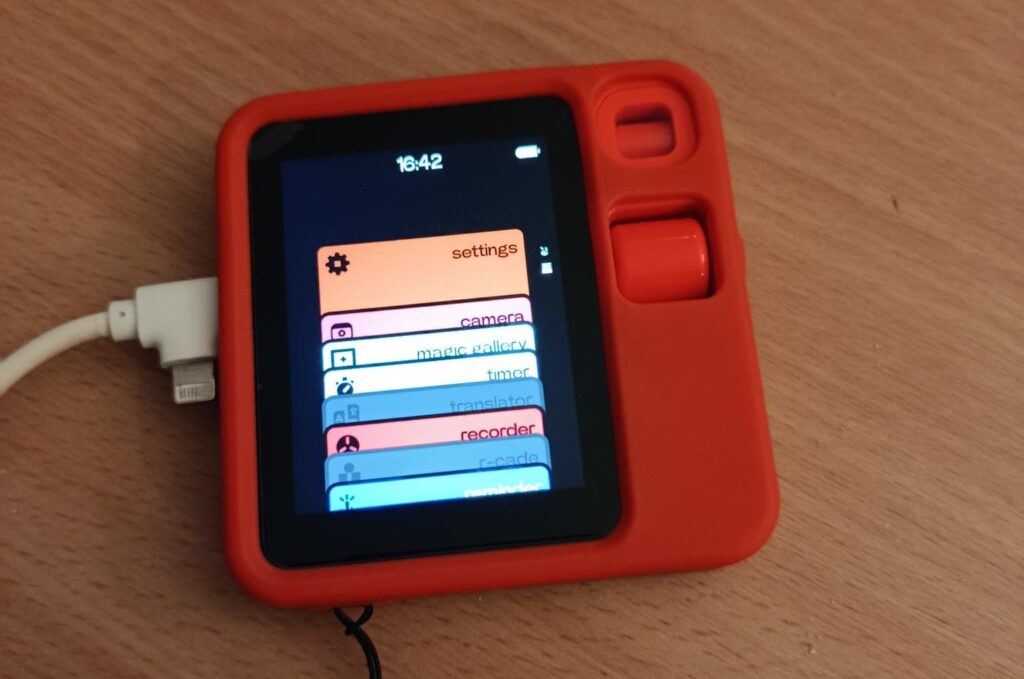
This new design language brings three key improvements:
Familiarity: The interface now includes additional gesture functionality on the touchscreen, making it feel more like the smartphones and tablets users are accustomed to.
Accessibility: The card-based system makes it significantly easier to see and access the r1’s various functions and features. Users can browse through different capabilities by swiping on the screen or using the scroll wheel, similar to flipping through a Rolodex.
Playfulness: The colorful, tactile design makes the r1 experience more engaging and less intimidating, especially for users encountering the device for the first time.
Each main device feature now has its own card in the stack, creating a visual hierarchy that helps users understand the device’s capabilities from the moment they pick it up.
Creations: The Future of On-Device Development
Perhaps the most revolutionary feature of rabbitOS 2 is “creations” – a capability that could fundamentally change how we think about software development and app stores. This feature allows users to build new software tools, games, and other experiences directly on their device through real-time conversations with rabbit’s AI agent.
The process is remarkably simple: users describe what they want to create, and within minutes, the creation appears on their device, ready to use. This is powered by rabbit intern, the company’s general-purpose AI agent that was officially released in June.
What makes this particularly groundbreaking is that it requires no technical skills whatsoever. Inspired by the rise of “vibe coding” – a more intuitive, conversational approach to programming – creations democratizes software development in ways previously unimaginable.
Users have two ways to access creations:
- Create their own using intern tasks directly on the device
- Visit rabbit.tech/creations to choose from a growing library of existing creations
This approach hints at what rabbit calls “a new form of the app store” – one where software is generated on-demand rather than pre-built by developers.
Enhanced Core Functionality
Beyond the major interface overhaul and creations feature, rabbitOS 2 introduces numerous improvements based on user feedback:
Improved Conversation Flow: When users press the button and talk to r1, the conversation flow is now visible on screen. New multi-modal functionality allows users to combine voice, text, and images in the same query, with easy volume controls for muting and unmuting.
Web-Based Tasks: Users can now start web-based rabbit intern tasks directly on their r1 through the new intern card.
Enhanced Follow-Up Support: Both intern and creations tasks now support follow-ups in rabbithole (rabbit’s companion web platform).
Image Generation: Rabbit intern now includes image generation capabilities, expanding its creative potential.
Offline Meeting Features: Meeting recordings are now stored locally and work offline, with AI-generated summaries accessible directly on the r1.
Improved Documentation: Transcripts of translated conversations are now available in the rabbithole journal, and users can bulk export both magic camera photos and original photos.
How to download rabbitOS 2 for Rabbit R1?
Similar to any phone update, you can visit the setting and visit the software update section on your Rabbit R1 in order to receive an OTA.
Make sure to have your device connected to either WiFi or have SIM card in your device with Mobile Data on.

Thanks to Manuel Peisker for the screenshot.

